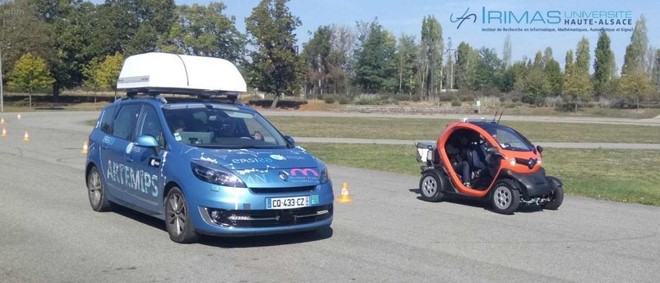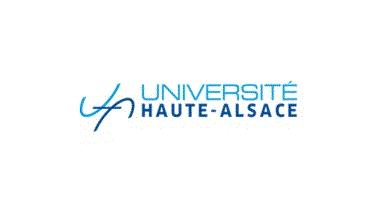| Le 24-04-2024 |

   
|
|
MembersJonathan LEDYResearch EngeneerContact
Research TopicsVehicular Adhoc NETworks simulations
PhD ThesisDirection : Rodolphe VAUZELLE, Benoit HILT, Herve BOEGLEN et Anne-Marie POUSSARD PhD TitleStrategie d adaptation de liens sur canaux radios dynamiques pour les communications entre vehicules - Optimisation de la Qualite de Service Abstract
This thesis deals with the optimization of communications in vehicular networks by using a realistic simulation platform. A realistic environment implies the usage of mobility models adapted to vehicles and also highly detailed physical models (channel models and digital transmission chain). The first part of our work has consisted in the design of a realistic simulation platform dedicated to VANETs (Vehicular Ad hoc NETworks). This platform has been completed by a semi-deterministic propagation model which we have designed. This model called UM-CRT has the advantage to have the same level of realism than a deterministic model while requiring much less computation time. This model has been validated by comparison with a deterministic ray tracing simulator. We then have used this platform to evaluate routing protocols. The efficiency of different ad hoc routing protocols in realistic conditions has led us to focus our study on the family of reactive protocols. From this evaluation we have selected AODV (Ad hoc On demand Distance Vector) to which we have applied a cross-layer metric in order to reduce the performance degradation caused by the realistic environment. We then have used a tuning technique with reactive protocols. Finally, we have evaluated several SISO and MIMO physical layers. This work shows that only improvements combined at different levels (physical and network) can yield a significant increase in performance. Publications
|
 Universite de Haute Alsace
Universite de Haute Alsace